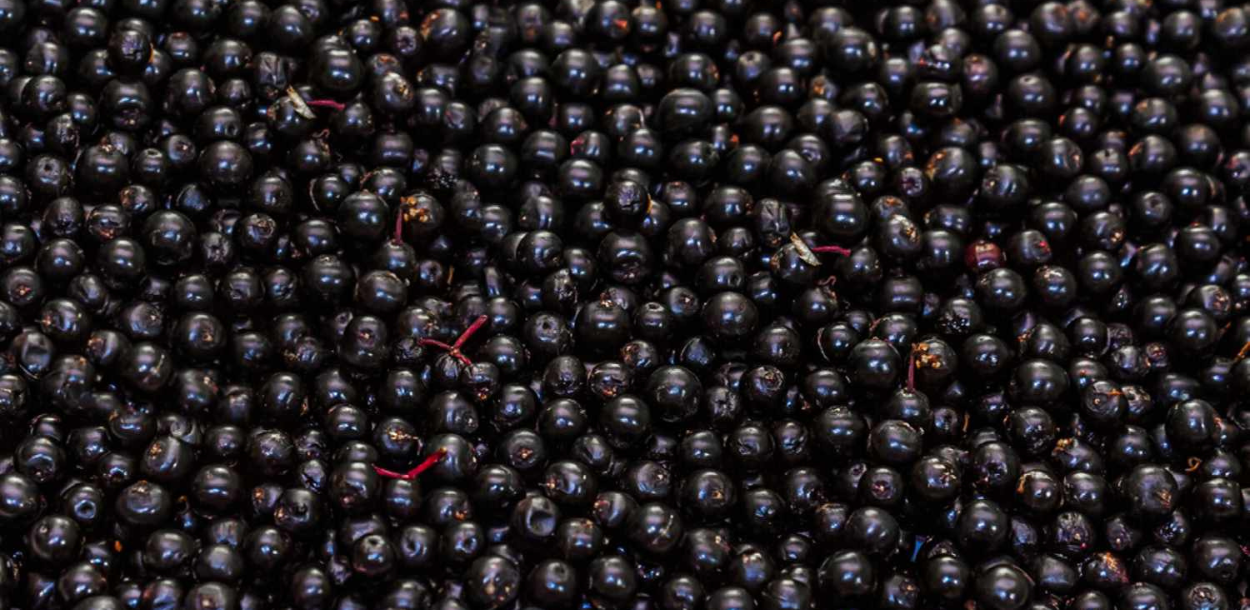
October is a month of plentiful change. As the last of summer’s sweetness fades and autumn settles in with its russet tones, British orchards and hedgerows are at their most generous. For chefs, it’s a golden opportunity to deepen menus with richer flavours, greater texture, and comforting warmth.
This month’s harvest is led by apples, pears, plums, blackberries, quinces and medlars. Each brings its own character – from sharp and sprightly to mellow and perfumed – and each deserves attention beyond the dessert section.
Below, we explore October’s best British fruits, how to use them creatively, and which international fruits are also at their peak for those building globally influenced menus.
Seasonal British Fruits in Peak Season in October

Apples
Cox: aromatic, sweet-sharp and slightly floral
Bramley: bold acidity, softens beautifully when cooked
Russet: nutty, slightly rusky skin, dense and sweet
Pairing Suggestions: Apples love warmth and fat – pork, duck, mature cheddar, black pudding, walnuts, celeriac, and caramelised onions. In pastry or chutney, they are champions, but don’t ignore their savoury potential.
Dish Idea: Roasted pork belly with apple and sage gratin, finished with apple vinegar jus.
Pears
Soft, buttery and delicately perfumed when ripe; starchy and refreshing when firm.
Pairing Suggestions: Blue cheese, prosciutto, bitter leaves, hazelnuts, vanilla, cinnamon, chocolate and ginger. Poached pears absorb spice beautifully, while raw slices elevate salads and cheese boards.
Dish Idea: Comice pear poached in Earl Grey with toasted walnut mascarpone and chicory.
Blackberries
Blackberries deliver a deep, jammy sweetness balanced by a refreshing acidity. When perfectly ripe, they offer dark berry richness with subtle earthy undertones, occasionally accompanied by a hint of tannin from the skin, especially in wild or late-season fruit.
Pairing Suggestions: Thyme, juniper, lemon, mascarpone, oats, mackerel, and wild mushrooms (yes – their acidity works surprisingly well with earthiness).
Dish Idea: Grilled mackerel with blackberry and pickled shallot relish.
Quinces
Raw, they are rock-hard and tannic. Cooked slowly, they turn rosy pink with a rich, perfumed, honeyed flavour reminiscent of pear and rosewater.
Pairing Suggestions: Lamb, duck, manchego, cinnamon, saffron, clove, and cardamom. Their structure lends well to purées and compotes.
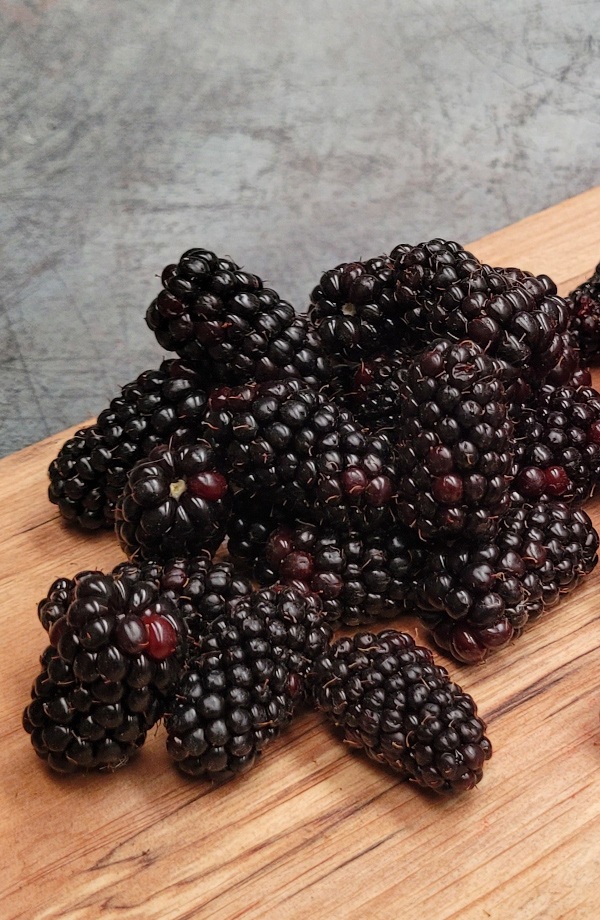
Dish Idea: Braised lamb shank with quince and saffron mash.
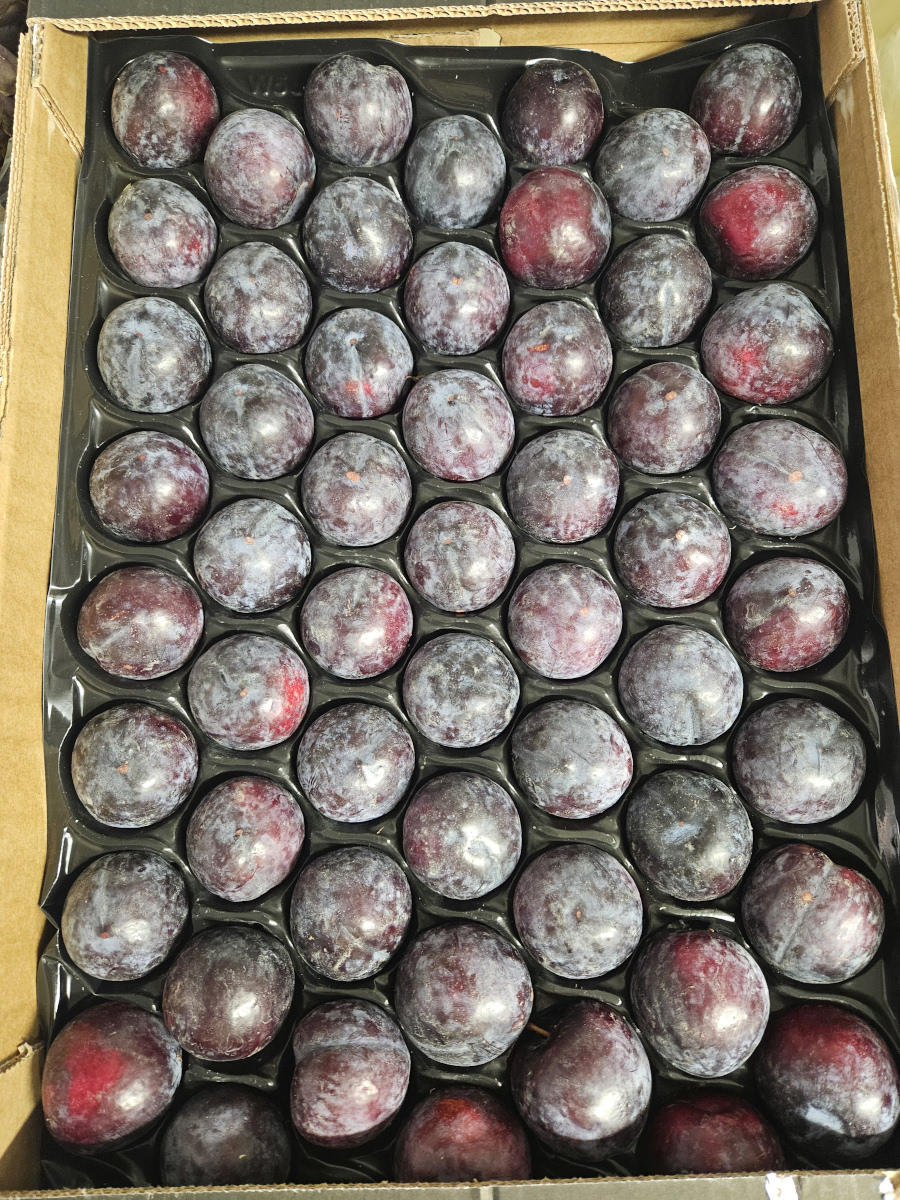
Plums & Damsons
Plums vary widely depending on the variety, but generally offer a juicy, sweet flesh balanced by a gentle tartness, especially near the skin. Damsons, while part of the plum family, are notably sharper and more tannic.
Pairing Suggestions: Game meats – especially venison, pigeon and partridge. They also marry well with star anise, cloves, sloe gin, dark chocolate and rosemary.
Dish Idea: Slow-braised venison shoulder with damson and red wine glaze.
Medlars
An often-forgotten heritage fruit. When bletted (left to soften until brown), the flesh becomes like spiced apple purée with caramel undertones.
Pairing Suggestions: They excel in pastry, chutneys and alongside strong game terrines or pâtés. Also excellent in breakfast dishes with yoghurt and toasted grains.
Dish Idea: Chicken liver parfait with medlar jelly and sourdough crisps
Elderberries (Late Season)
Elderberries are deeply flavoured but rarely eaten raw due to their sharp acidity and slight bitterness. When cooked, they develop into a dark, winey fruit with earthy undertones.
Pairing Suggestions: Best used in syrups or reductions with duck, pigeon or mushrooms. Partner with cinnamon, clove, redcurrant and bay.
Dish Idea: Wild mushroom tart with elderberry gastrique.
Best International Fruits in Season in October
While our British produce is unrivalled at this time of year, international growers offer exciting fruits that slot perfectly into autumn menus – particularly for establishments offering Mediterranean, Middle Eastern or Asian influences.
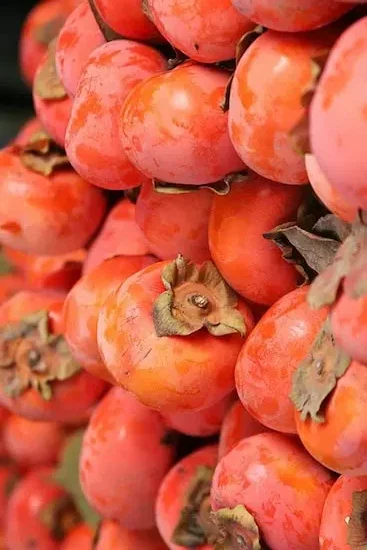
Persimmons (Spain, Israel, Italy)
Firm varieties (like Sharon fruit) are mildly sweet with hints of melon and mango. Soft varieties are custard-like and deeply honeyed.
Dish Idea: Persimmon carpaccio with burrata, pink pepper and olive oil.
Pomegranates (Turkey, Iran, Spain)
Pomegranates offer a bright, jewel-like burst of sharp-sweet juice contained within crunchy seeds (arils). The dominant flavour is refreshing acidity, similar to cranberry or redcurrant, balanced by a light honeyed sweetness.
Dish Idea: Spiced lamb koftas with pomegranate and mint salsa.
Figs (Turkey, Greece, Spain)
Figs are luxuriously sweet and delicately aromatic, with a jammy, almost honey-like depth. When fully ripe, they offer caramelised notes with hints of berry and molasses, while slightly underripe figs bring a fresher, green nuttiness.
Dish Idea: Roasted figs with thyme, pancetta and whipped goat’s cheese.
Grapes (France, Italy, South Africa)
October grapes bring a refreshing balance of sweetness and acidity, with flavour that ranges from crisp and floral (green varieties) to jammy and wine-like (red and black varieties).
Dish Idea: Roast corn-fed chicken with grape and fennel stuffing
Mangoes (Brazil, Peru, Pakistan – late season)
Mangoes are intensely aromatic and tropical, with a rich, nectar-like sweetness balanced by gentle acidity. Ripe mango flesh is silky and creamy, often described as almost buttery, while firmer green mangoes have a crisp texture and sharper tang, making them ideal for savoury applications such as salads or pickles.
Dish Idea: Charred prawns with green mango and chilli salad.
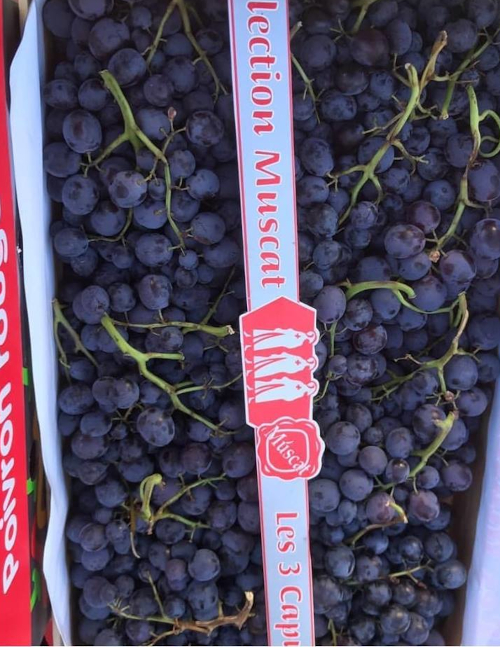
October is not merely a bridge between seasons – it is a moment of culinary richness. Whether your establishment leans towards gastro-pub comfort, refined hotel dining or farm shop brunch plates, fruit can play a pivotal role beyond dessert. At Four Seasons Fruiterers, we’re here to support you with consistent supply, custom sourcing and reliable quality from orchard to kitchen door.
Let’s make autumn unforgettable – one apple, one quince, one persimmon at a time.




